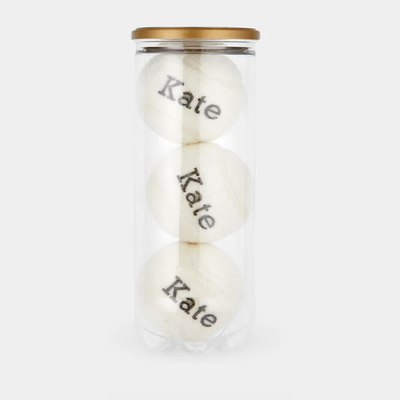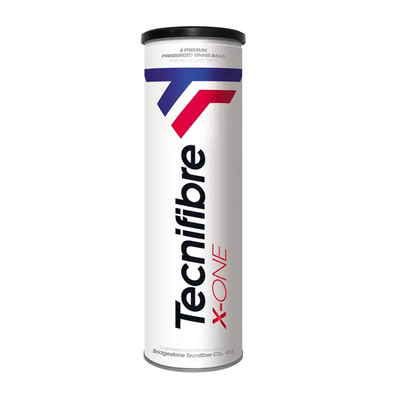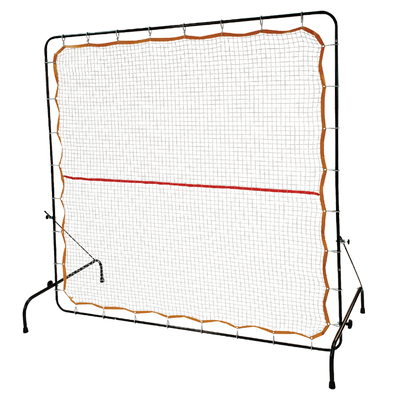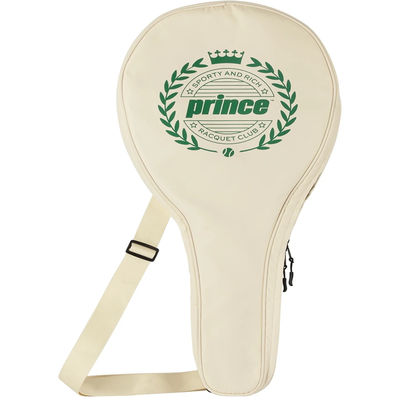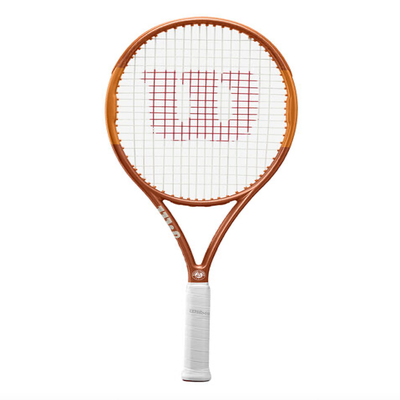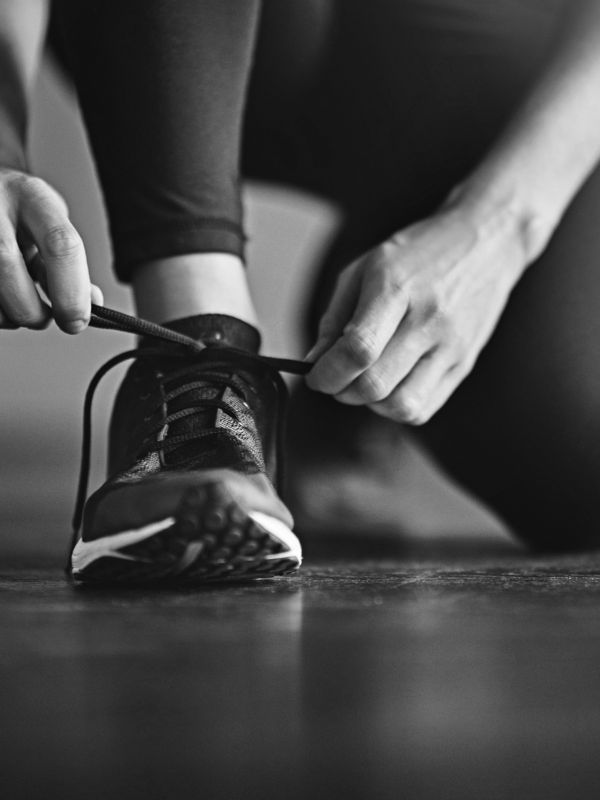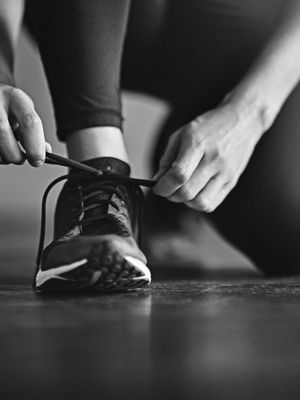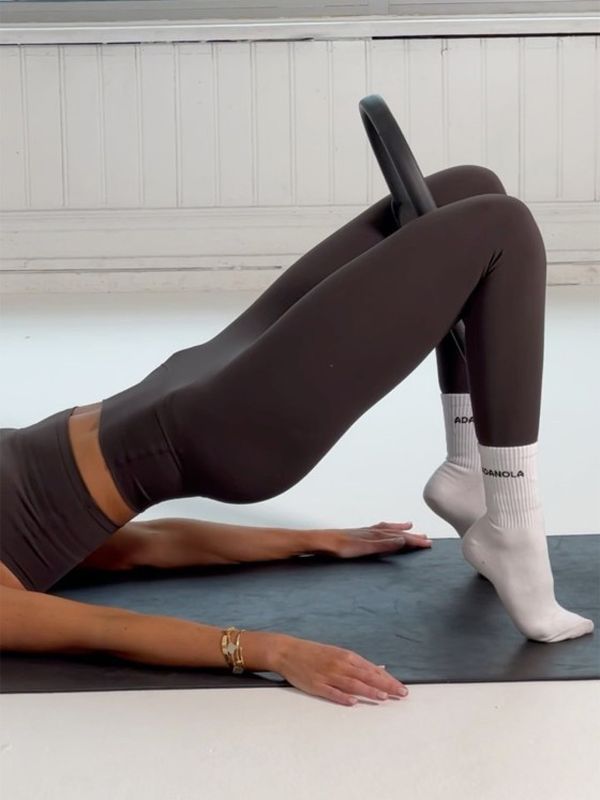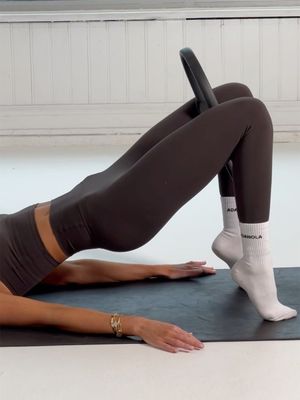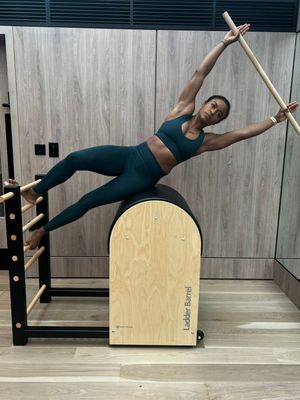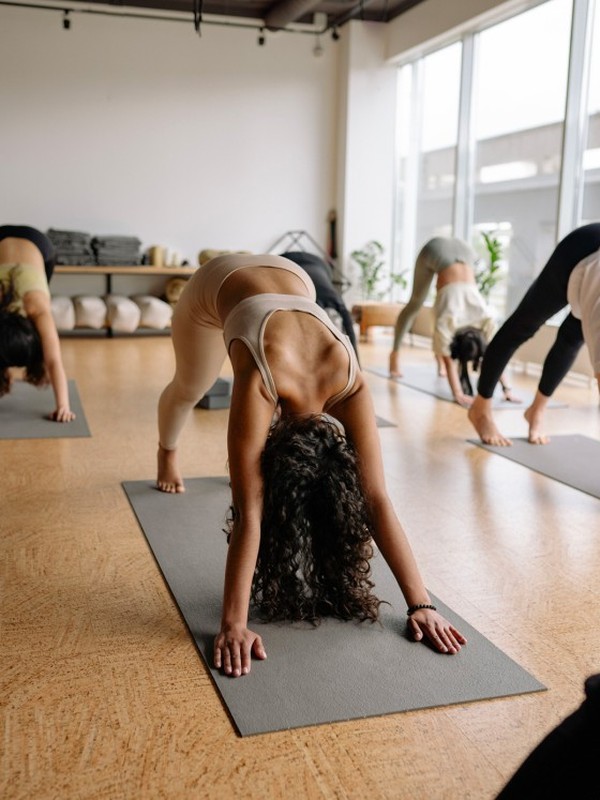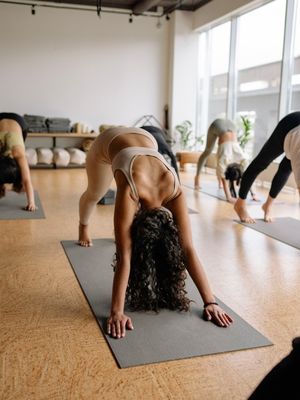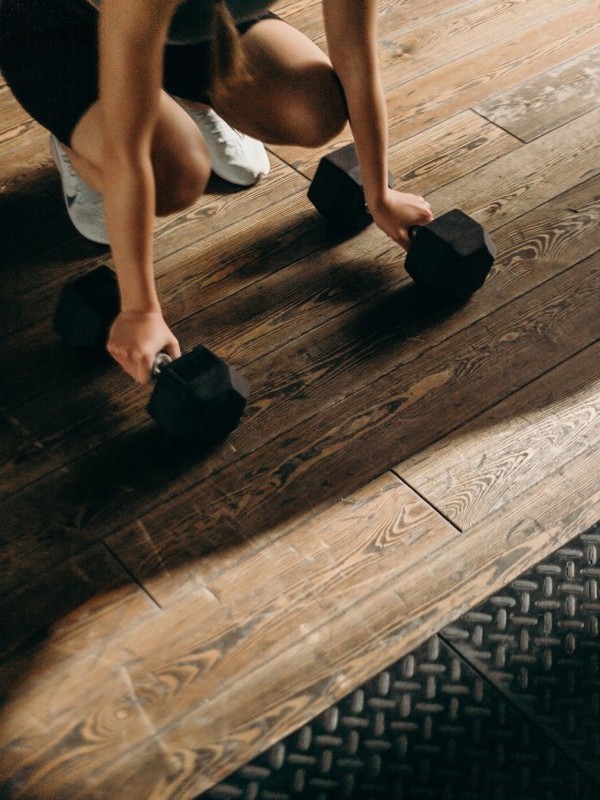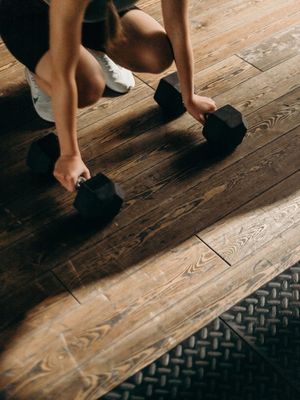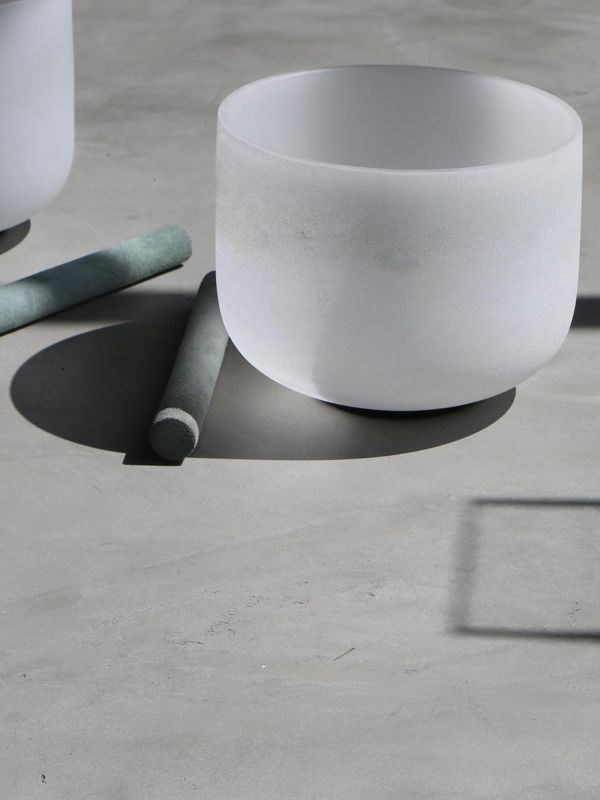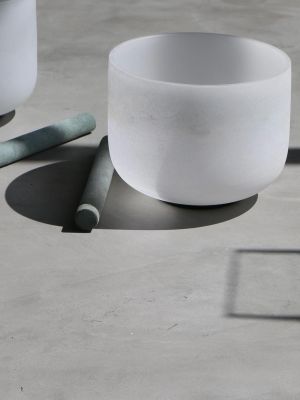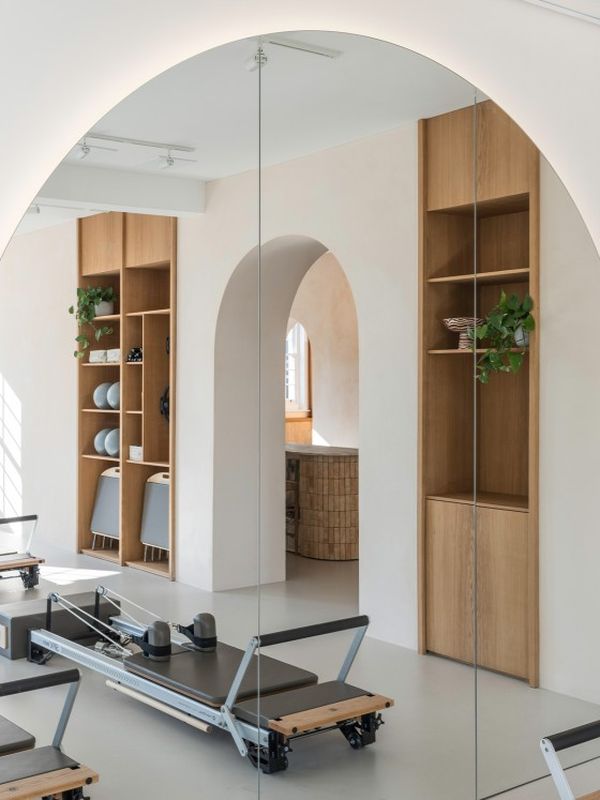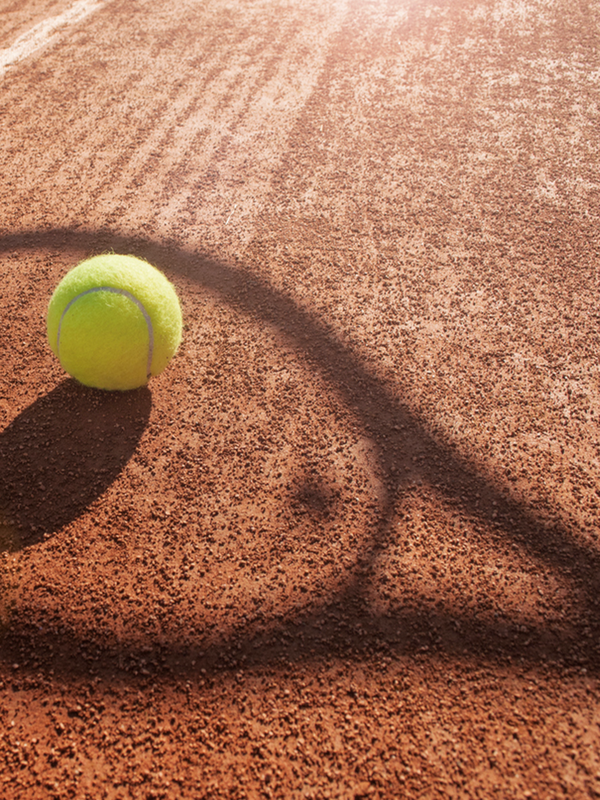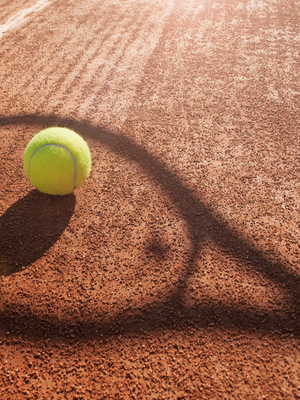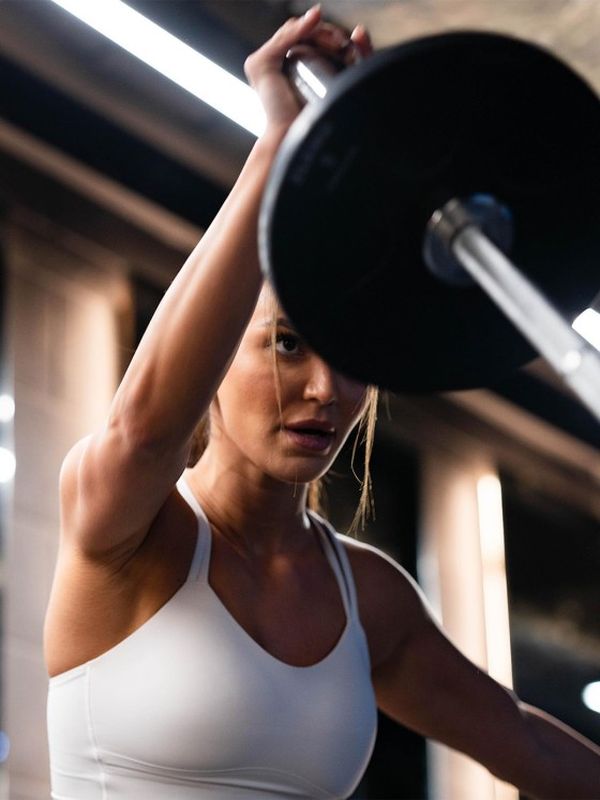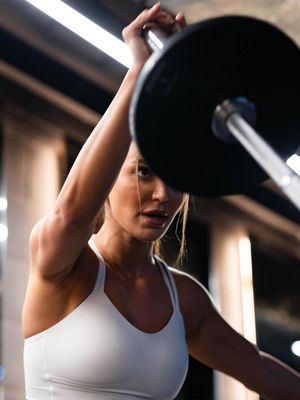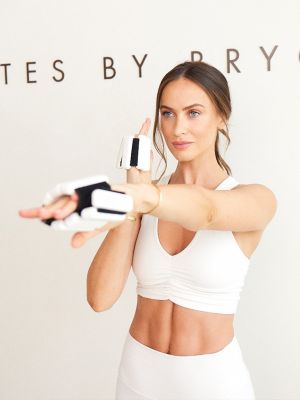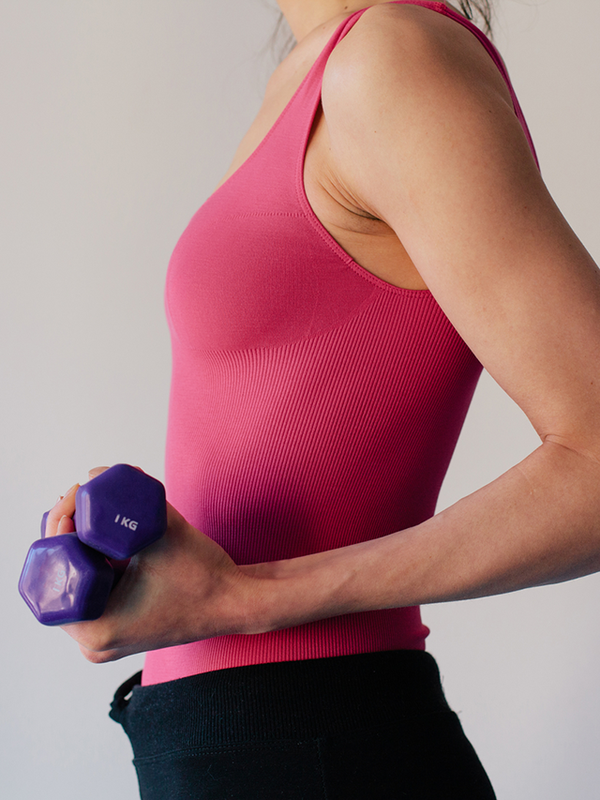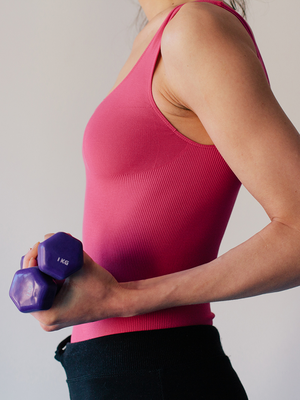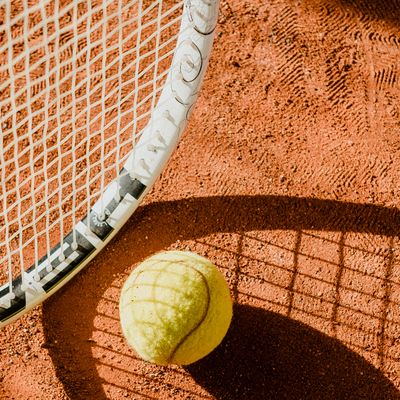
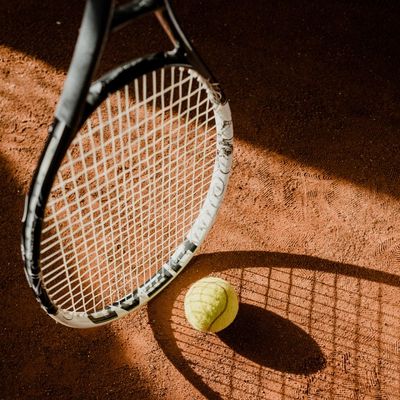
10 Professional Tips To Improve Your Tennis Game
All products on this page have been selected by our editorial team, however we may make commission on some products.
Sharpen Your Skill
Tennis is a game of anticipation. The better you hone that skill, the more you will choose the right movements and actions. To be ready for the next ball so you can correctly anticipate it, make sure you track your opponent’s balls. Pay attention to its trajectory (height, length, direction, speed and spin) and make mental notes so you become a more prominent ‘reader’. Once you learn how to read the ball, your reactions will be much quicker and will be able to anticipate shots more effectively, ultimately saving time and energy. Also, learn how to rate your own shot. Be aware of how well (or badly) executed your shot was. If you hit a good, well-placed ball, expecting a weak shot back is not unusual. If you play an easy ball in the middle expect to be attacked.
Take Your Serve Back To Basics
The serve is often regarded as the most important shot in tennis since it marks the start of every point and, if well executed, it can dictate how well it goes. However, it’s also one of the most difficult shot to execute, mainly due to the high level of co-ordination required. Go continental and keep your serve simple to start. If you’re a beginner, hold the racquet in a neutral or continental grip – like a hammer. If you aren’t a beginner, take the time to learn to hit a serve like this. This is the foundation that will take your serve to new heights. Think about your stance – your feet should always be shoulder-width apart with your front foot just behind the baseline and your front hip pointing to the net.
Perfect Your Ball Toss
The goal here is to consistently be able to toss the ball up above your head with a straight arm. If your toss tends to go all over the place, you can forget about training any other aspect of your serve. One effective exercise is to place your racquet on the ground aligned directly in front of your front foot, tossing the ball and letting it bounce. The aim is to see if you can get the ball to land on the strings of the racquet.
Learn To Pronate
This is key to learning how to create speed and, later, how to diversify your serve. A serve is nothing more than a form of throwing motion and, as you throw your racquet up towards the ball, the edge of your racquet frame should lead, with pronation accomplished just before you hit the ball as you turn your arm and wrist outward to contract the strings. Have a look at videos on YouTube and it’ll make sense. Mastering this skill will make you look like a pro.
Invest In A Decent Racquet
Avoid buying the cheapest racquet available. Instead, focus on finding one that matches your body and grip size. Many shops offer demo racquets so you can try before committing. The type of strings on your racquet is also something to think about. Top brands tend to sell racquets with a good string match. If you happen to break strings, make sure to replace them with good quality strings. For beginner and intermediate levels, a soft string such as natural-gut or multi-filament are great to hold tension and give you a nice, gentle feeling on impact.
Alternate Your Footwork
Once you’ve reacted to your opponent’s shot, take a couple of larger steps. You want to cover as much ground as possible at this point. As you get closer to the ball, your steps should be smaller and more refined, which will help you find the appropriate distance to the ball for ideal body weight transfer. Think ‘big and small’ – initially big steps so you have more time to adjust, and then small steps to dramatically increase your chance of finding a great position to strike the ball efficiently and effectively.
Be Tactical
Many people think the only way to attack an opponent is to go for their weaknesses. Instead, try to think outside the box. Start by switching up the attack time, which can be done by taking the ball earlier to rush the opponent and make them feel like they have less time. Some players feel more comfortable in certain sections on the court. Identify this and try and get them to spend more time in the areas where they’re less comfortable. Few players feel comfortable close to the net, so force them in on your own terms. Also, make sure you are not playing the same ball all the time and unintentionally giving your opponent rhythm. Try to mix up your shots and see if your opponent gets frustrated.
Work On Your Lower Body
Just as the most expensive, high-quality, and luxurious building would collapse if it was built on a weak foundation, your tennis game is exactly the same. The strength of your lower body and core is integral to being a good player. Most players don’t realise their strokes start from the ground up. It’s the loss of balance during the hitting phase that contributes the most to the loss of control of the racquet head and therefore loss of control of the ball. As well as drills, strengthen your legs and core with exercises such as single leg bridges, forward, back and side lunges, and lateral bounds.
Breathe Properly
Breathing out at the moment of contact can help you transfer your weight as well as hit cleaner shots. Breathing out when you hit the ball is a good cue that shows you are ‘on time’ and ready to hit the ball in a relaxed way, which is key to allow your bodyweight to go through the ball. Tightness keeps things from moving freely. Plus, breathing properly will ensure you don’t tire as quickly.
Think Quality Over Quantity
One focused hour of training is far more efficient – and effective – than three unfocused ones. Try to show up with a sense of purpose. This is important when you step on a court. Always have a clear goal before each training session and give it your best, however little time you have. Also, remember to not be too hard on yourself. One of the appealing things about tennis is that it isn’t easy. Sometimes we love this challenge, but tennis does not love you back. Don’t beat yourself up – stubborn perfectionism is the quickest road to frustration. The brain and body work best when they are relaxed.
Shop These Expert Approved Products...
For more information visit SlingerBag.com
DISCLAIMER: We endeavour to always credit the correct original source of every image we use. If you think a credit may be incorrect, please contact us at info@sheerluxe.com.
